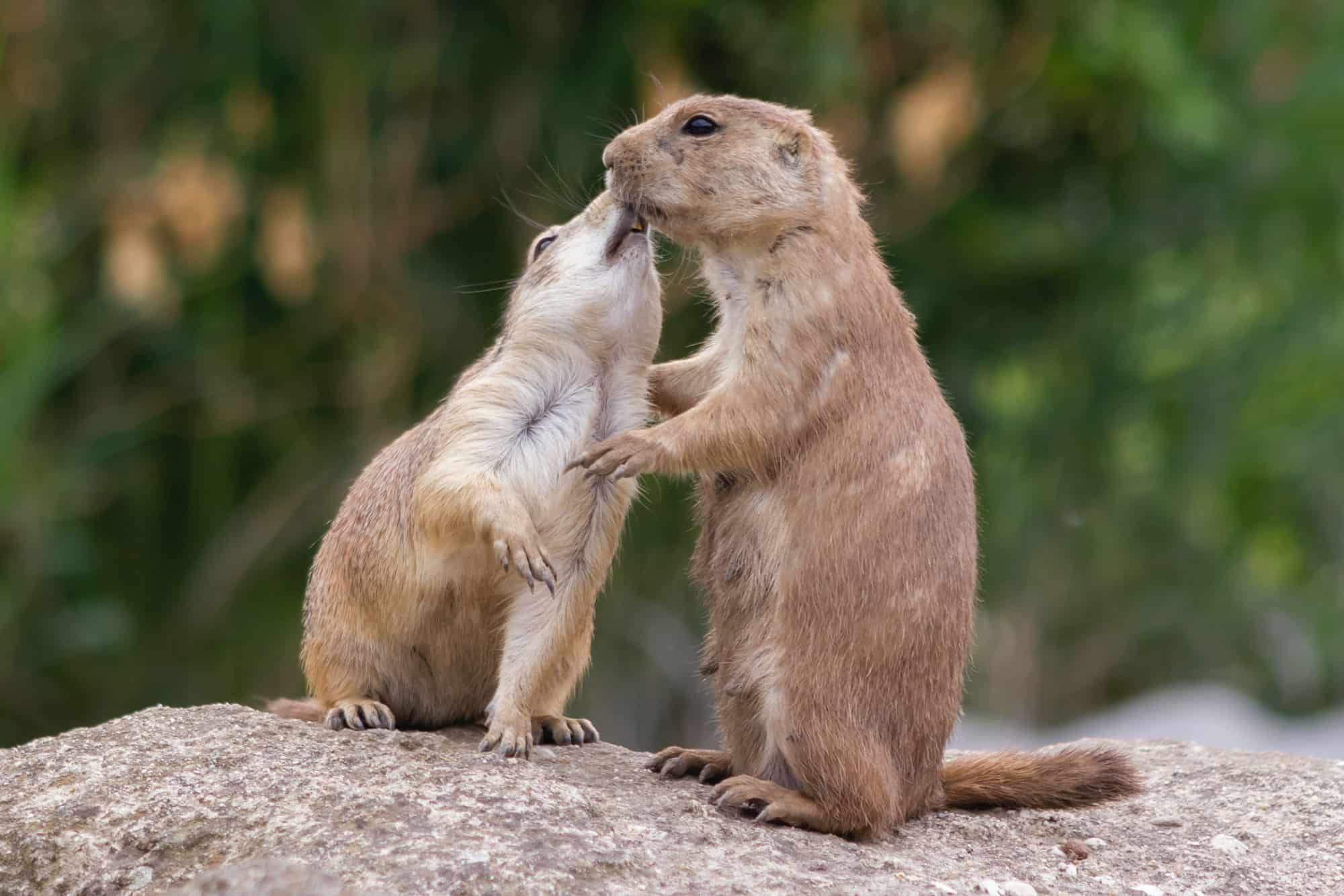Did You Spot a Hummingbird Moth? 7 Facts About the Rare Pollinator
The hummingbird moth, which is often mistaken for a hummingbird, is a rare and beautiful pollinator you should know about. Here are some interesting facts to get you started.

Published
Picture this: You’re enjoying an afternoon in the garden, appreciating the flowers, when a hummingbird whizzes by. But wait—its body looks slightly different, and its slim beak? Nowhere to be seen. That’s because it’s a hummingbird moth, a beautiful insect that moves and mimics its avian counterpart to a near-twinning effect.
Like bees (and us), hummingbird moths are attracted to pretty and delicious things. The colorful moths emerge during spring—when flowers such as bee balm and phlox are in full bloom—and are especially playful during the summertime. Hummingbird moths are excellent pollinators that work alongside bees to improve our gardens and keep our world looking lovely.

Unlike other moths, hummingbird moths tend to be active during the day—though they often go unnoticed because of their hummingbird similarities. Part of the Sphingidae family of moths and butterflies, each boasts a fuzzy, uniquely-shaped body (earning the nickname the flying lobster) and a variety of colors.
As with any moth, they begin as tiny green eggs laid by their mother on host plants like honeysuckle or snowberry. Next comes a relatively plain caterpillar phase, followed by a winter spent cocooned. Come spring, the hummingbird moth emerges to join the rest of us on our garden stroll.
Here, seven facts about eye-catching hummingbird moths you should know.
7 Fascinating Facts About Hummingbird Moths
1. Hummingbird Moths Are an Example of Convergence Evolution
The hummingbird moth's hybrid nature is a prime example of convergence evolution. This is where two species from separate families develop similar functions: the insect mimics a hummingbird's movements and is active during the day, but they are birthed as larvae and undergo a standard caterpillar-to-moth transformation.
2. Their Size and Movement Mimic a Hummingbird
Hummingbird moths are often mistaken for actual hummingbirds because of their size and bird-like movements. They tend to be 1 to 1.5 inches long and hover over flowers as they feed on nectar with their tiny wings beating rapidly (70 beats per second), making a soft buzzing sound.

3. The Moth's Lifespan is a Short One
A hummingbird moth's life burns brief and bright. Depending on the species, they can live from just 3 weeks up to 7 months. Hummingbirds, on the other hand, live anywhere from 3 to 5 years.
4. Proboscis Over Beak
Unlike a hummingbird which uses its beak to pollinate, this insect has a long tongue-like proboscis that rolls out from its coiled tube to reach the nectar inside a flower. The tongue is about double the length of its body.
5. Hummingbird Moths Rely on Pretty Protection
Predators can’t keep their eyes off this attractive insect. Given they are active during the day (making them especially vulnerable) hummingbird moths depend on their size, large eyes, and wing patterns to warn predators that they might be a bird telling them to stay away.

6. They're an International Insect
The Hummingbird moth is an international sensation that can be found in Europe, Africa, Asia, and all across the United States. According to the U.S. Forest Service, there are four species in North America. The two most common include the Snowberry Clearwing (often found in the West), and the Hummingbird Clearwing (found mostly in the East).
7. The Insect Stars in a Classic Film
The hummingbird moth is actually a familiar celebrity you might have forgotten about. In the 1991 film, The Silence of the Lambs, the head hawk moth (a type of hummingbird moth) was used as a major clue in the victim’s death. The moths in the film were treated as royalty and even given special living quarters.

13 Animal Facts You Need to Know (Including Why Prairie Dogs Kiss!)
These amazing animal facts are sure to surprise and fascinate you. Learn about koalas, sloths, prairie dogs, sea otters, and more.

8 Desert Animals You Should Know About, From the Sand Cat to Kangaroo Rat
Desert animals are adapting to climate change, just like other animals like polar bears and tigers. Here are nine adapting desert animals.

6 Endangered Rainforest Animals You Should Know About
These endangered rainforest animals need our help on World Rainforest Day and *every* day. Here are six species you should know about.

